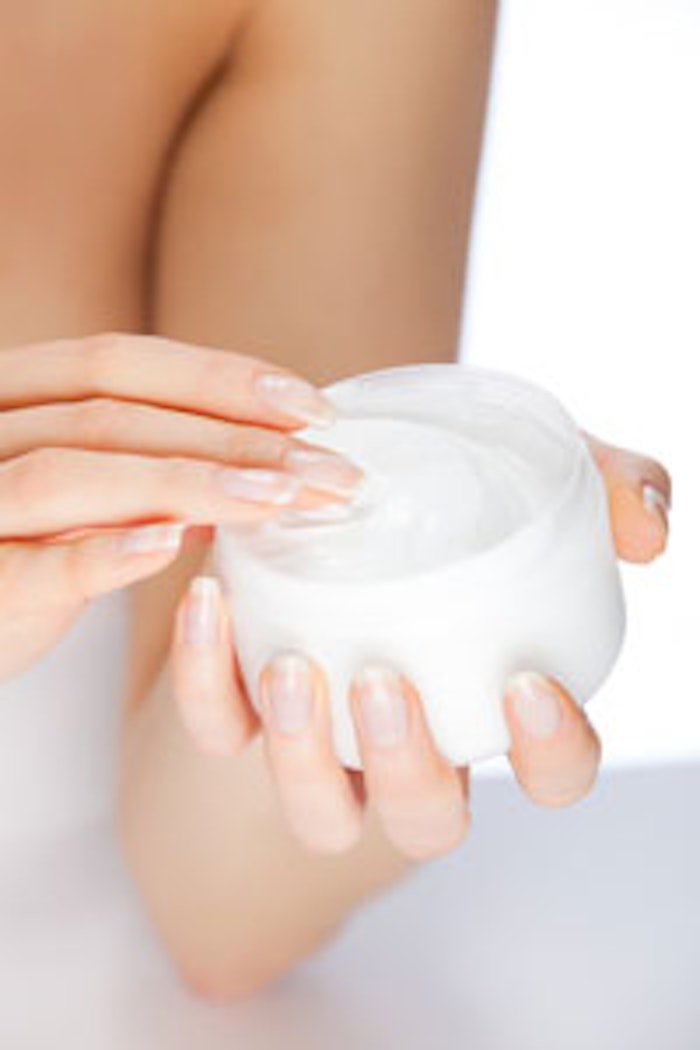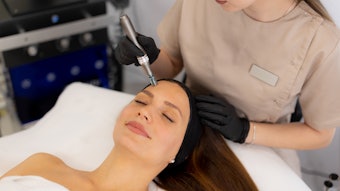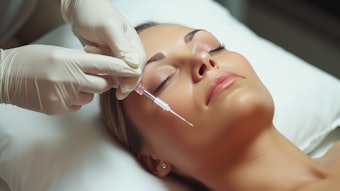
There’s no doubt that the medical spa is here to stay. Baby boomers and an increasingly younger crowd seeking preventive measures are flocking to estheticians and medical professionals providing chemical peels, fillers, microdermabrasion and more. There’s a steady market of these clients who are looking for treatments best performed under a doctor’s watchful eye, but another market is emerging, as well—those who want less invasive treatments with equally effective results.
According to research firm Global Information Inc., the global cosmeceuticals market is growing at a rate of 7.7% annually, and is poised to reach $42.4 billion by 2018. As the population ages and consumer awareness increases, so does the demand for these medically inspired skin care products.
“We observe a global trend in the cosmetic industry, which shows that cosmetic companies are more and more following some processes inspired from the pharma companies,” notes Fabrice Lefevre, scientific marketing manager at ingredient company, Induchem. “As a consequence, molecules with a high level of purity, safety and efficiency become the holy grail of cosmetic companies.”
Best of both worlds
Baby boomers are like any savvy beauty consumer today: They look for products that have both high levels of efficacy and a great sustainability story behind their ingredients. The challenge for suppliers is balancing the demand for effective aging skin care with the demand for natural formulations.
“Effective use of the right ingredients and carefully applied technology can make for a successful anti-aging product,” says John O’Keefe, director of the North American personal care division for raw material company, AarhusKarlshamn (AAK) USA. “AAK offers naturally derived bioactive lipid ingredients derived from shea and canola oils—such as Lipex Shea Tris, Lipex Cellect and Lipex Pre-Act. It applies its technological expertise to concentrate the naturally occurring antioxidants and anti-inflammatory compounds in these oils into ingredients with documented benefits for the skin.”
And some natural ingredients can even be created rather than extracted, through the growing use of biotechnology. “The two demands can coexist, as in Lipotec’s new Biointec line of marine ingredients, occurring naturally in nongenetically modified organisms and obtained through biotechnology—fermentation—for sustainable cosmetics, since there is no harvesting or extracting from nature,” explains Caroline Keller, marketing manager for Lipotec. “Biotechnology involves the use of living organisms to produce natural molecules for a specific use, resulting in optimal bioprocesses to obtain well-defined molecules with a greater reproducibility. Both high-tech cosmeceuticals and organic brands use these types of actives.”
Before its acquisition by Induchem, the Libragen biotech research center in France was working for the pharmaceutical industry, synthesizing active molecules by biotechnology. “Due to the biotech, green chemistry origin of our molecules, we have the advantage of being able to claim a fully natural origin,” says Lefevre. “For example: our NovHyal Biotech G, a needle-free hyaluronic filler, is the exact equivalent of a molecule that the body makes when it is young. So this molecule is more than a natural or biomimetic—it is a bio-equivalent one.”
Brands featuring products with anti-aging ingredients, such as peptides, stem cells and bioactives, can likely expect to see strong sales—and brands that use effective marketing as well can expect to grow the most of all.
Part II of this column will appear in the April 2014 issue of Skin Inc. magazine, and will discuss the requirements that medical skin care products must meet, and the importance of product developers backing up their claims of efficacy with studies.
Editor’s note: This article originally appeared in the July/August 2013 issue of GCI magazine (www.gcimagazine.com) as “No Rx Needed,” and is being reprinted with permission. All rights reserved.
Lisa Doyle was formerly the associate editor of GCI magazine and is a freelance writer in the Chicago area. Her work has appeared in Salon Today, America’s Best, Renew and Modern Salon.










